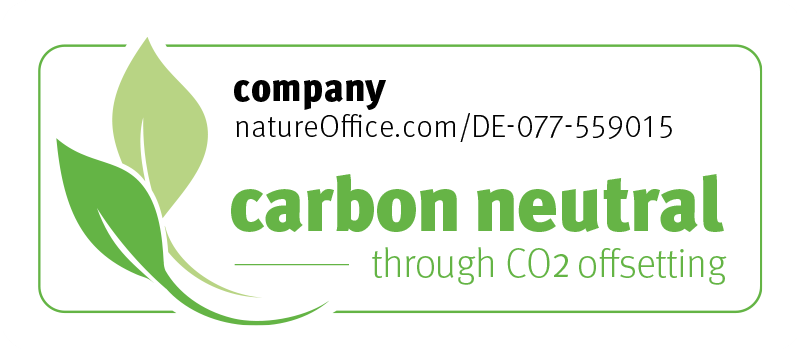Explanation of technical terms
A
An early stage in the reaction of thermosetting resins in which the material is fusible and still soluble in certain liquids.
Also known commonly as glue. A substance in a liquid or semi-liquid state that adheres or bonds materials together through surface attachment. Adhesives usually require a controlled temperature for curing.
The change in properties of a material over time when tested under defined environmental conditions. Aging can lead to improvement or deterioration of the material’s properties.
A curing agent for epoxy resins. Amines are derivatives of ammonia (NH3).
B
C
Crushing load at the failure of a specimen divided by the original sectional area of the specimen. It is expressed in lbs/in2 or MPa.
Having the quality of conducting or transmitting heat, electricity, or static electricity.
D
The ratio of a substance’s mass to its volume at a given temperature and pressure. Example water at 25°C, 1 atmosphere of pressure = 1.0gr/cm3 = 8.35 lb. per gallon. Also expressed as g/cm3.
E
The liberation of heat energy during a chemical reaction. Exotherm is increased in large masses.
F
G
Approximate midpoint of the temperature range over which a material undergoes a phase change from brittle to rubbery or vice versa. Unit of measure is °C.
H
I
J
K
L
M
N
O
P
Q
R
S
The range of temperature in which a thermoplastic changes from a rigid to a soft state. Expressed as °C or °F.
T
The measure of how rapidly heat is conducted through a material. Units of measure are
W/m-1/K-1
The ability of a cured system to resist cracking or crazing under conditions of rapid and continuous thermal change. The 1/4 inch Olyphant Washer test is cycled over a temperature range of -55°C to +125°C, this temperature is normally used as the test condition unless otherwise stated.
U
V
1 cps = Water, 400 cps = #10 Motor Oil, 1,000 cps = Castor Oil
W
X
Y
The load in lbs/in2 or MPa where the material under test begins to change dimensions and will not completely recover when the load is removed. Yield strength will normally be lower than ultimate strength. Generally speaking the more rigid a material is the closer will be the yield and ultimate strengths. Furthermore, the more resilient a material is, the greater the spread between the yield and ultimate strengths.



